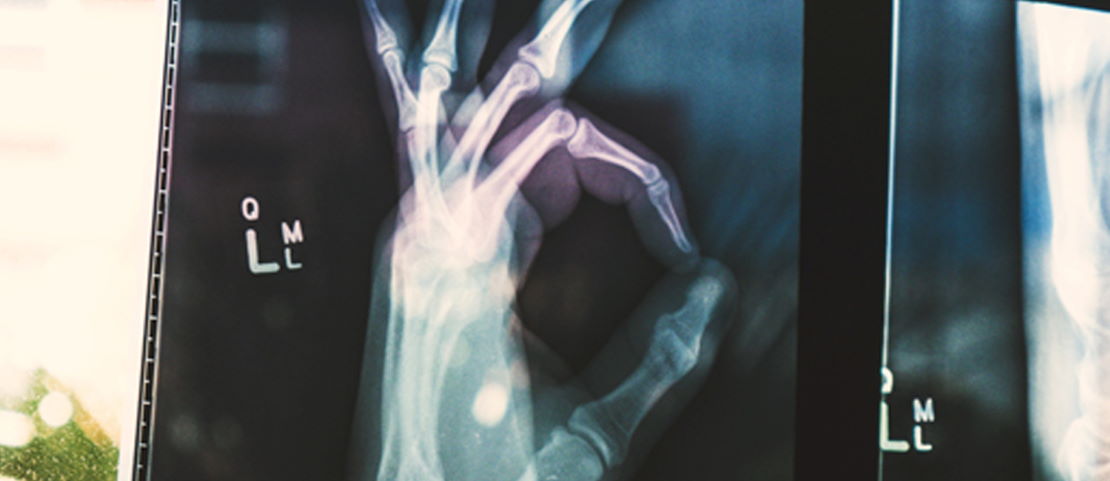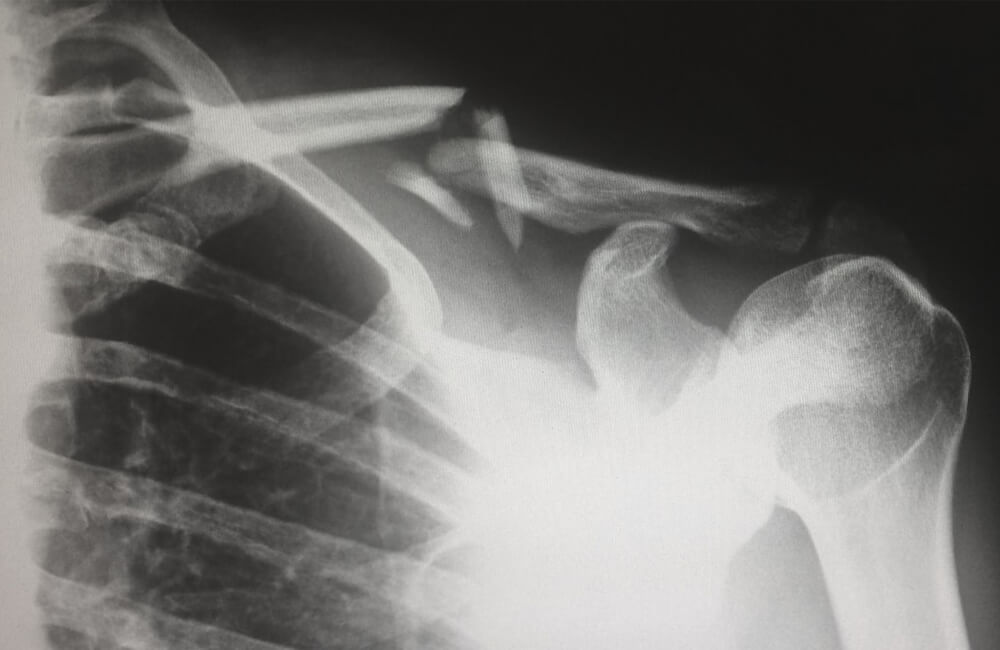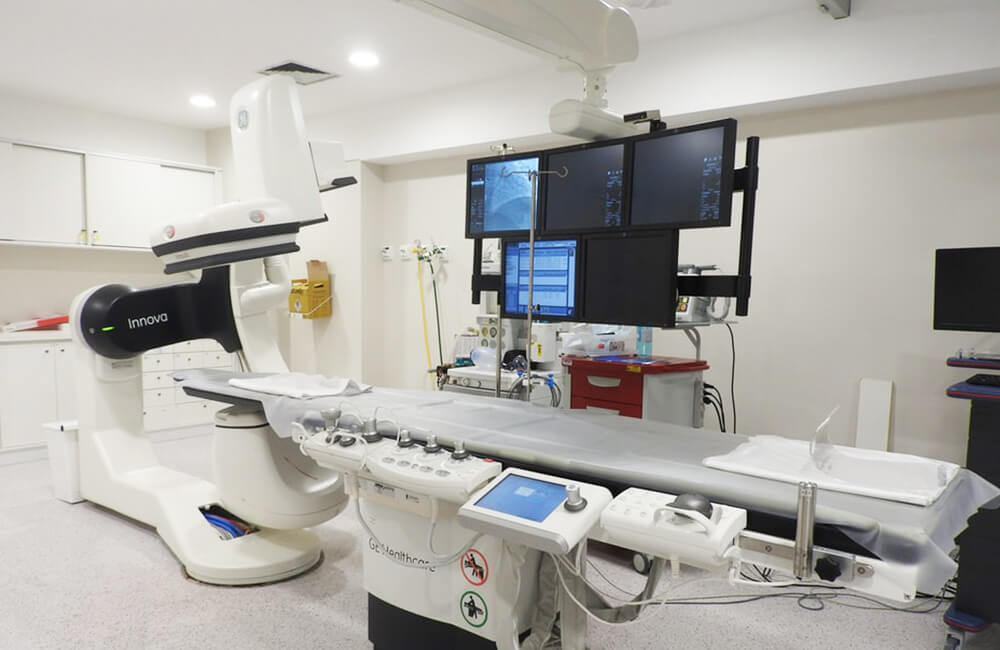

Why 3D Printing Is Revolutionising Orthopaedics.
The orthopaedic medical device field is expected to become the third largest provider of Medtech sales by 2020.
To accommodate this rapid growth and increased competition, organisations have been tasked with finding ways to increase efficiency in their production processes in addition to standing out with innovative new products. Right now, 3D printing is providing the solution for both major players and smaller companies.
Revolutionising orthopaedics right now, 3D printing increases the efficiency of production processes and reduces material waste. It also motivates the production of more effective and innovative products, thanks to the flexibility of its additive process.
We are now seeing significant investment being made toward 3D printing technology. Stryker’s new €200 million additive manufacturing facility in Cork, Ireland, is just one of many examples.
So, what’s all the hype about?
Unlike milling, 3D printing means that you can custom design orthopaedic implants specifically for a patient’s anatomy. This provides endless benefits including less time in surgery, a faster recovery, a greater range of motion and longer-lasting implants.
Due to these countless advantages of custom designed implants, a lot of companies have started to move into the custom 3D printed implants space. Major players like Zimmer, Corin and Exactech have expanded their capabilities in this area with innovative custom products like Zimmer’s ankle fusion system.
At the other end of the market, we have also seen smaller players emerge to focus solely on 3D printed implants, such as Additive Orthopaedic and Conformis.
3D printing and technology has also increased safety in surgical planning and training. Realistic 3D models can now be created using additive manufacturing to help surgeons plan for complicated procedures. These models can also be used for training purposes, allowing students to train in a safe and controlled environment without putting patients at risk.
Despite the many benefits, there are certain limitations that are holding back the advancement of 3D printing. Due to the specific process of additive manufacturing, it can take longer to manufacture an implant. In addition to this, 3D printed implants can also run into issues with the FDA and other regulatory bodies. This is because approval processes are not yet accommodating to patient specific products. This will need to be reassessed if 3D printing is to reach its full potential.
One noticeable step forward for 3D printing is through LimaCorporate’s exciting 2020 plans for an on-site 3D printing facility at New York City’s Hospital for Special Surgery. At the centre Lima will work closely with the hospital’s leading physicians to produce patient-specific implants for a range of orthopaedic conditions. This facility will act as a test bed for rolling out its 3D printing services to hospitals across the US which could expand into Europe as more companies become aware of the advantages of the technology.
Driven by the high level of competition within the field, I am confident that further innovations will now follow. Companies will continue to heavily invest in 3D printing to stay one step ahead of competitors and new start-ups emerging onto the scene.
Recommended.

Innovative Spine & Orthopedic Implant Technologies to Watch.
Orthopedics isn’t necessarily a market commended for its digital innovation, but these five companies are proving differently with their latest product launches. Click to read more.

What Innovations Could Shape the Future of Orthopaedics?
To achieve personalised care in orthopaedics, we need advances in AI, surgical robotics, augmented reality (AR) and more! But where will this innovation come from? Click to find out.

3 Technologies Revolutionising Spinal Surgery.
New innovations have continued to advance surgery – especially within the spinal space. I wanted to highlight the revolutionary technology that is driving this change and shaping the future of the space.

How to Take Your Medical Device to Market.
In this episode, I'm joined by Steven Haken and Deborah Rizzi from market access and reimbursement specialists Odelle Technology to discuss how to take a medical device to market.
Comments.